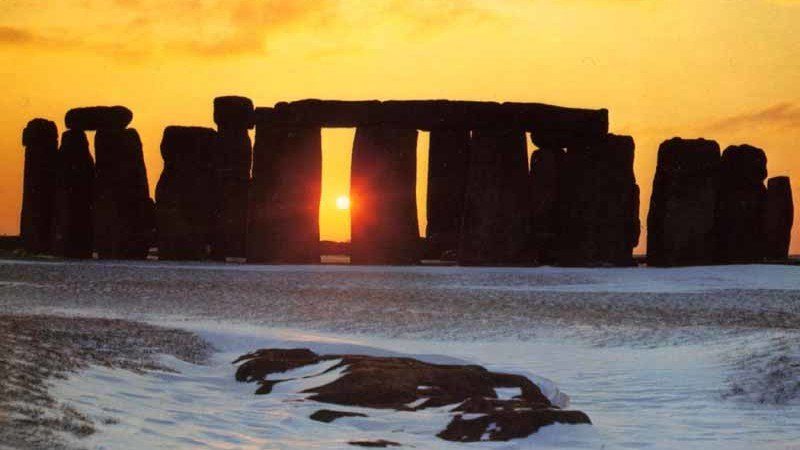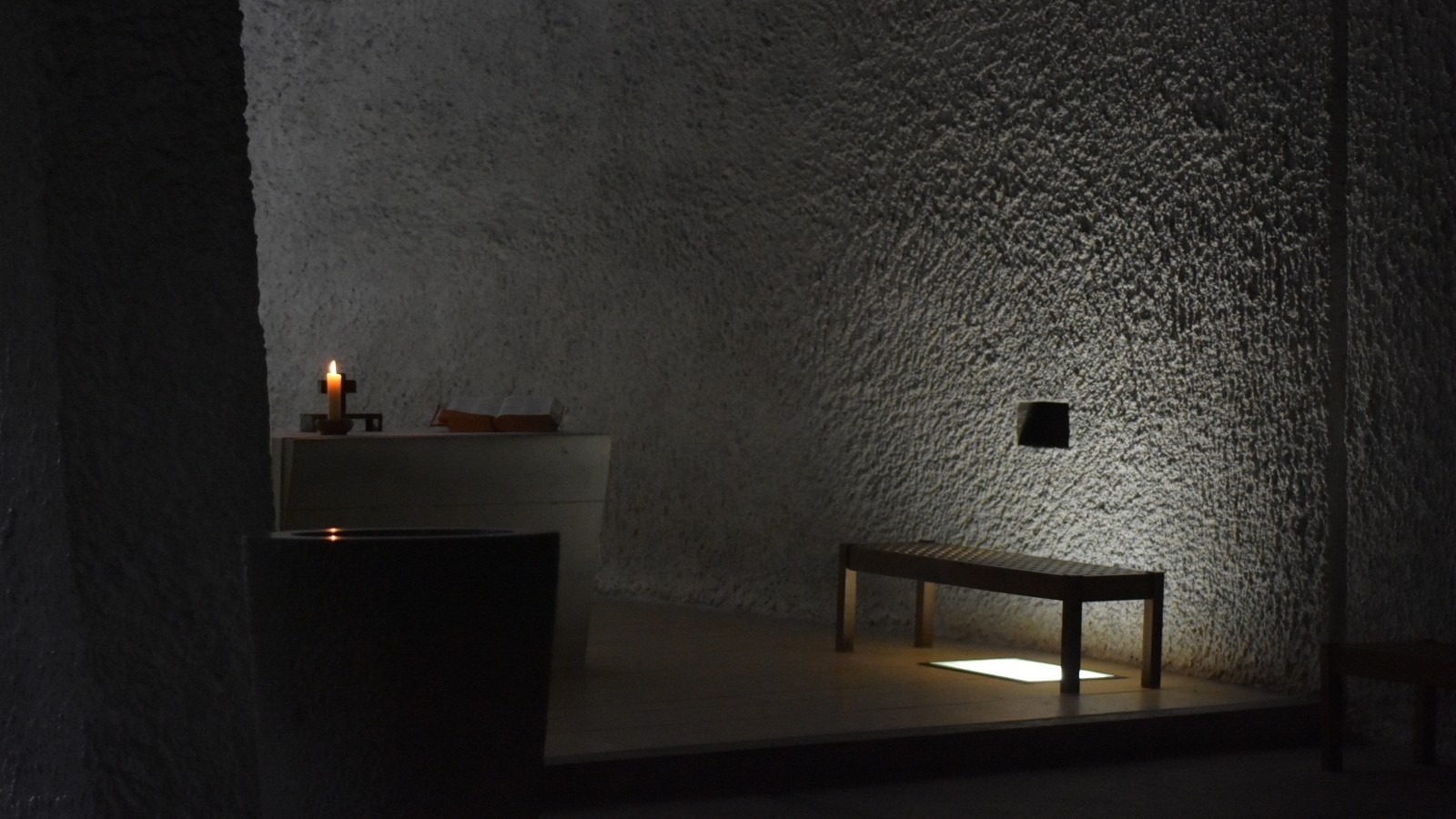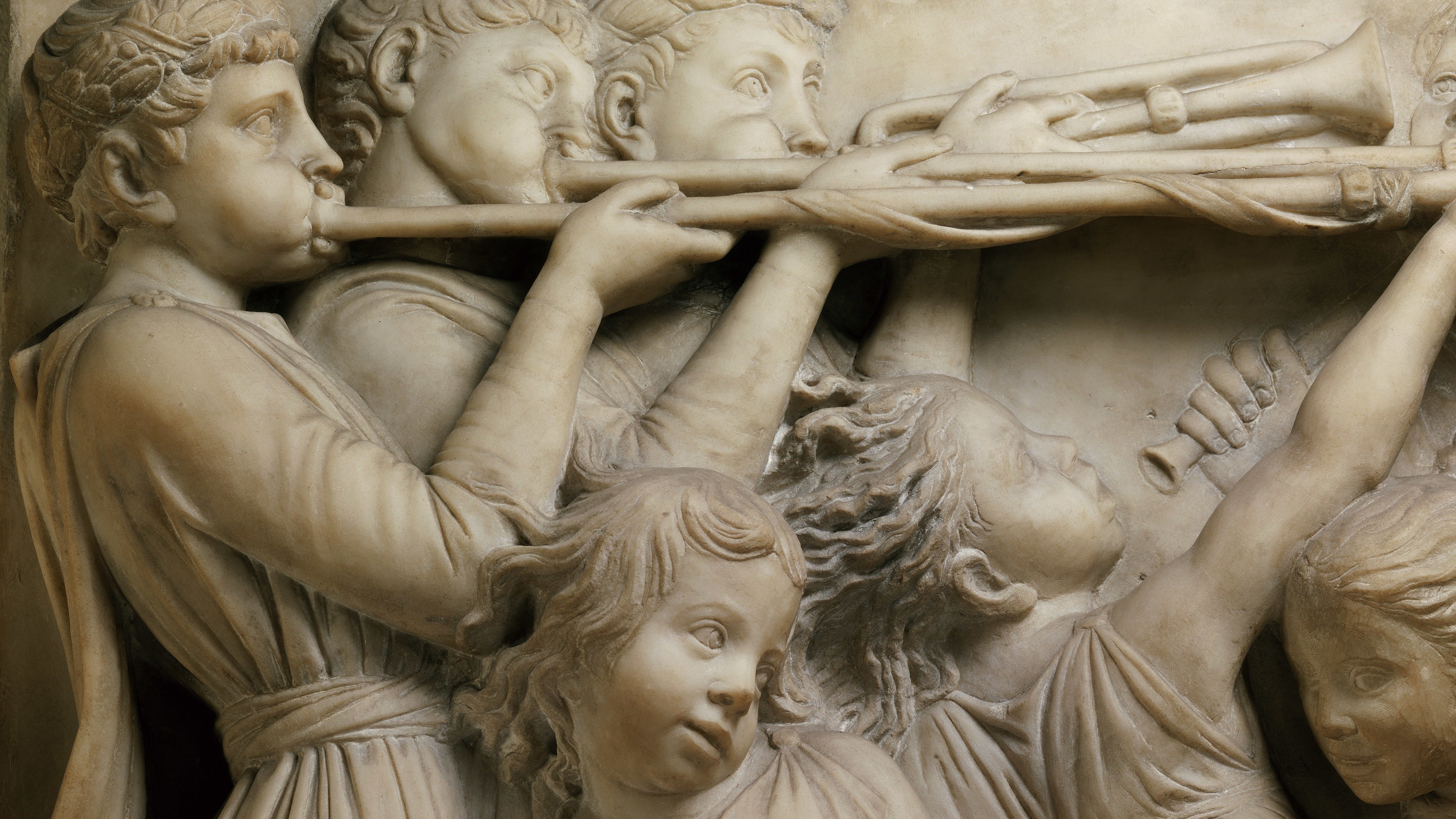Benjamin Britten’s “A Hymn to the Virgin”: VOCES8
Benjamin Britten composed A Hymn to the Virgin at the age of 16 while a student at Gresham’s School in Norfolk, England. Yet there is nothing remotely youthful or immature about this brief work for unaccompanied double chorus. It unfolds with a sense of haunting mystery and quiet lament that seems timeless. The anonymous text, dating from around 1300, comes from the Oxford Book of English Verse. In an expansive, antiphonal dialogue, the main chorus sings in …







